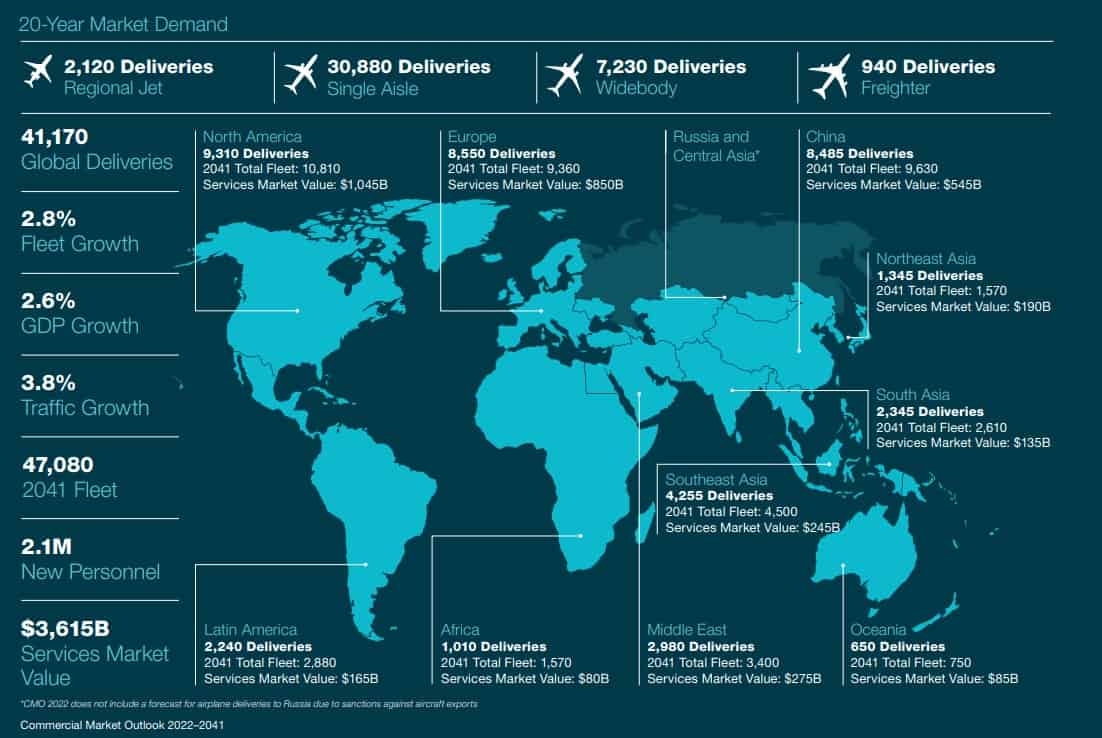The Rolls-Royce (LSE: RR) share price has tanked 46% in the past 12 months. It’s recovered ground in the second half of October. But the considerable risks facing the engineer mean that dip buying remains pretty low.
Here are four reasons I’m avoiding the FTSE 100 share today.
1. UK defence spending
Defence revenues are a big deal for Rolls-Royce. The hardware it builds for military customers account for around 30% of underlying revenues.
It’s a critical supplier of power systems to the Ministry of Defence. But political turmoil in the UK — and the mounting pressure of dealing with spiralling public debt — casts a growing shadow. Demand for its plane, boat, and submarine engines could potentially disappoint over the next decade.
Previous Prime Minister Liz Truss’s pledge to spend 3% of GDP on defence by 2030 remains in play. But her touted replacements have so far refused to commit to such spending.
2. Supply and cost pressures
Cost inflation is soaring and supply issues are a significant headache at Rolls-Royce. It’s why the business swung to a thumping £1.6bn loss in the first half of 2022.
Worryingly, Rolls-Royce says that it expects “these issues will persist into 2023”, too. A long war in Ukraine and fresh Covid-19 lockdowns in China could hit the company’s profits hard next year and potentially beyond, too.
3. Sinking civil aviation sales
Rolls-Royce depends on a strong airline industry to fuel earnings. Sales of its civil aeroplane engines and its servicing packages account for 44% of underlying turnover.
Encouragingly the commercial aviation industry is tipped to explode over the medium to long term. Passenger numbers (and especially in emerging regions) are expected to grow strongly and by extension so are aeroplane sales.
Boeing, for example, expects 41,170 aeroplane deliveries over the next 20 years. This is a good omen for Rolls-Royce’s longer-term profits.

But the outlook for the airline sector is plagued with danger in the nearer future. Soaring inflation across the globe is putting increased pressure on consumer spending. Rising turbulence in the global economy also threatens to derail ticket demand from business travellers.
4. Debt danger
For certain stocks I might be tempted to overlook some short-term risks. But in the case of Rolls-Royce, I’m not. This is because of the company’s huge debt pile.
Net debt stood at an eye-watering £5.1bn as of June. A slump in civil aerospace revenues could cause Rolls’ debt mountain to grow again. This would be particularly problematic as interest rates rise and the cost of debt servicing increases.
Massive debts like the business currently has could significantly hamper its growth strategy. R&D at Rolls doesn’t come cheap after all. It also means investors need to consider the possibility of further share placings later down the line.
Rolls-Royce shares are pricey
I think the company could be a great way to capitalise on growing long-term travel demand. But on balance I think the risks facing the business outweigh the potential rewards.
And what’s more, I don’t think the dangers are reflected in the engineer’s enormous forward P/E ratio of 260+ times. I’d much rather buy other cheaper UK shares right now.
